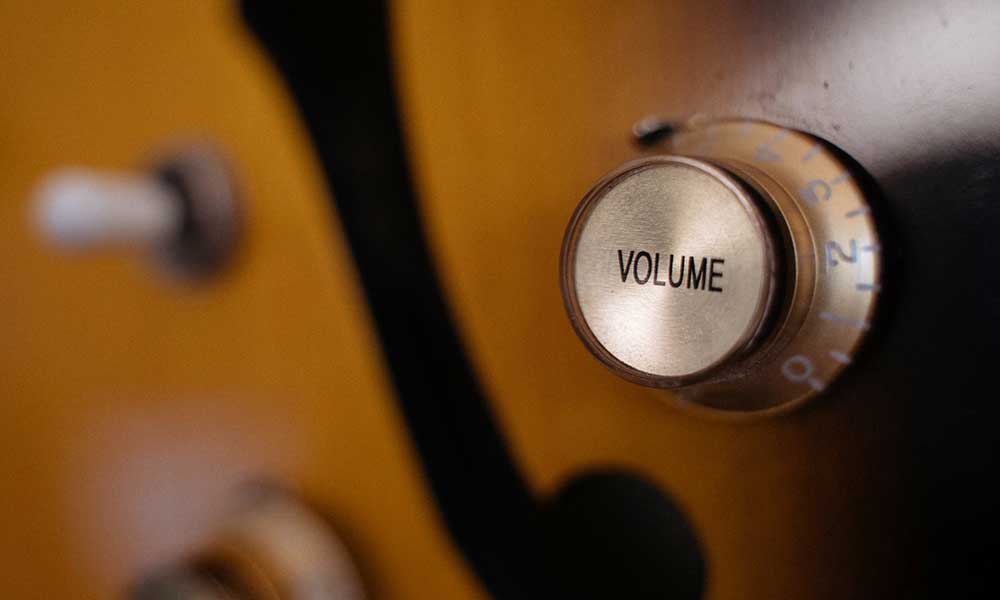Most surfboards that you buy online clearly display their volume in liters, giving you an idea of how suitable the board is for your weight.
However, the same can’t be said for all boards, and if you’re paying for a custom board, buying used, or even picking up on off-the-rack, you may need to calculate the volume yourself.
Is Surfboard Volume Important?
Surfboard volume is very important, even more so than the fin setup, the rail type, and the board length.
It’s the difference between a board that sits comfortably atop the water and allows you to move quickly and one that dips below the surface and drags slowly through the surf.
Surfboard volume is not just about finding a board that is buoyant enough to support your weight, either.
The buoyancy in general will be much higher on a board that has more volume, and this makes it more suitable for beginners.
When you’re just getting your feet wet as a surfer, you need the extra stability and buoyancy provided by a greater volume, and that’s one of the main reasons that longboards are recommended for first-timers.
What is Surfboard Volume (Surfboard Volume Calculator)?
Now that we know why volume is important, let’s consider the three main factors that go into this equation.
The first is the width and thickness of the board. The thicker and wider it is, the more volume it will allow.
The second is your weight. To put it simply, the thicker and wider you are, the more volume you’re going to need.
The final thing to consider for any volume calculator is your experience level.
As a complete beginner choosing a surfboard with stability in mind (essentially something that allows you to stay on the board and minimize embarrassing wipeouts), your ideal volume is always going to be much higher than a pro who has the skill level needed to stay upright.
How To Calculate Surfboard Volume
The pros tend to ride shortboards just under 6 foot and these boards offer between 25 and 35L of volume.
That might not sound like a lot, but we’re talking about superfit athletes here, and many surfers weigh just 150 to 160 pounds.
It’s enough to keep them upright, give them control, and ensure the board is not dragging through the water like a rubber dinghy.
A funboard, which is around 7 feet, goes up to 50L and will be enough to cater for much larger and more inexperienced surfers.
It’s why funboards are often recommended for first-timers and why they are also considered more of a “fun” or even a “step-up” board.
As for a longboard, it can go as high as 100L, although it may hover around the 80L mark.
At this level, it stops being about height and weight and is all about experience and how much buoyancy you’re looking for.
As for standup paddleboards, the volume in liters can be double that of longboards.
What Does this Mean?
If all of that sounds too complicated, the easiest way to approach the subject is to know that none of it really matters, providing you choose a funboard or a longboard.
If you’re a beginner, these boards should be enough to meet your skill level and if you’re much taller or heavier than the average, and you need a little more support, just look for something that has a few more inches of length.
As an experienced rider, choosing a surfboard becomes more of a technical issue, as you’ll want to consider the length, width, volume, rail shape, tail shape, fin setup, and more.
In such cases, you can speak with a shaper or use a volume calculator (these are provided on most manufacturer websites).
Then again, by that time you should have a pretty good read on what is required and what kind of surfboard dimensions and volume size is right for you.







